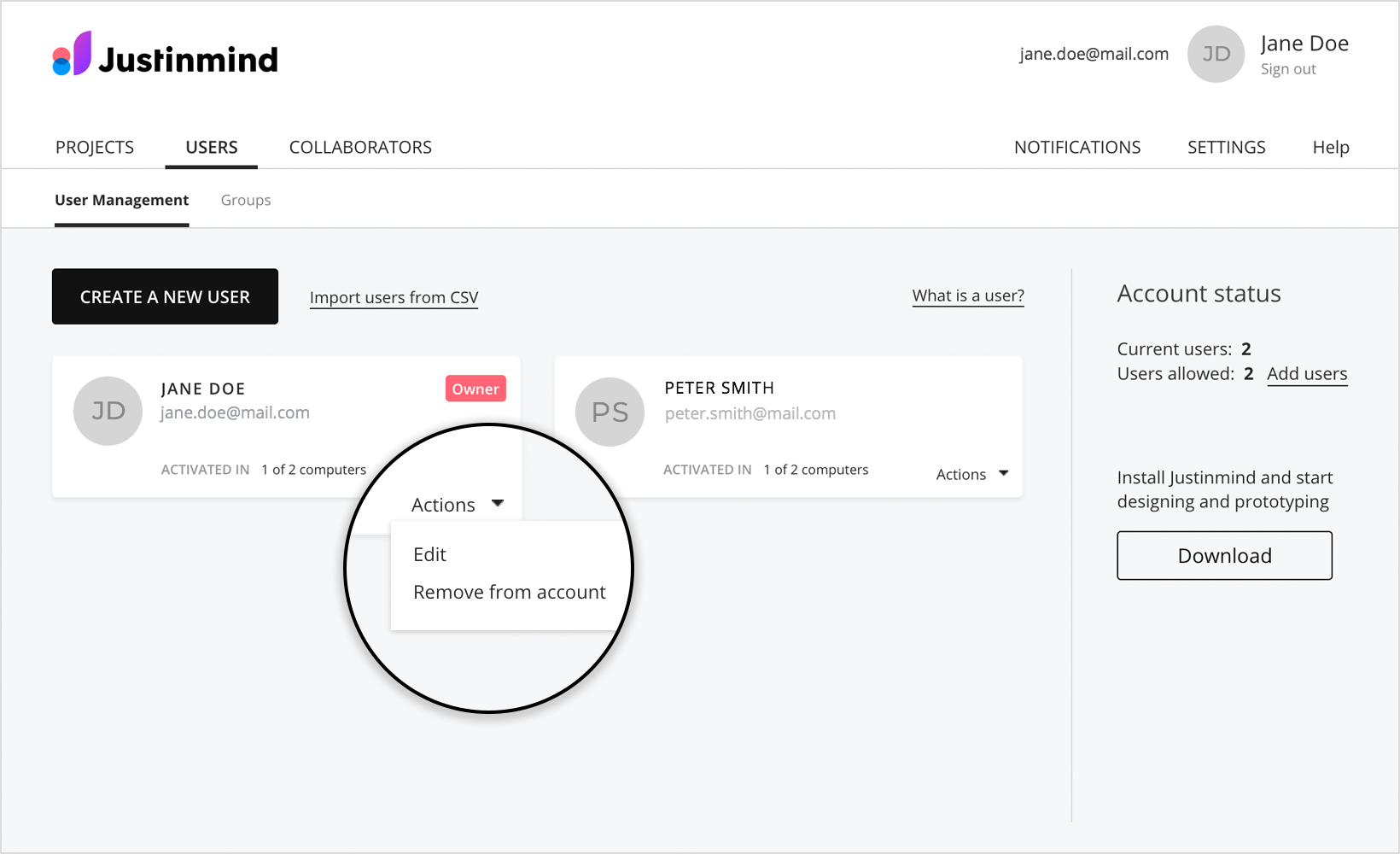
At this stage, I also started sketching concepts for the site’s screens across desktop and mobile in the form of paper prototypes. My experience map diagrammed the volunteer journey at a high level a flow diagram defined a specific set of tasks and accompanying decision points I thought users would follow and a storyboard told the volunteer’s story in the form of hand-drawn comic panels.
#JUSTINMIND DIALOG SERIES#
Next, I created a series of deliverables to map out the volunteer experience in using the site. Next deliverables: Diagramming the volunteer experience with an experience map and a flow diagram.
Given the above, and to make the project feasible, I decided at this point to focus design efforts on the volunteer experience only. Users’ age range varies widely, from 20-something to retirement age and beyond. My likely visitors have entirely different goals in visiting the site. I conducted user research in the form of an interview and a questionnaire and drew from my own experience as a volunteer to create personas. I determined three probable categories of users: 1) volunteers responsible for recording interviews 2) site visitors interested in accessing the program’s digital content and 3) librarians and administrators. My first task was to understand the site’s likely users. Three personas: A volunteer persona, a site visitor persona, and a librarian/administrator persona. Create a platform other libraries and organizations can use for oral history projects in their own communities. Improve site visitors’ access to the program’s rich trove of digital content by designing a new website with enhanced searching, browsing and discoverability. Create an easier way to record and upload audio content and associated digital media, such as family photographs, from volunteers’ own mobile devices. As I started the design process, I considered the following three objectives: The program aims to collect the personal stories of community residents throughout Brooklyn neighborhoods through recorded interviews.Īs an Our Streets, Our Stories volunteer responsible for conducting interviews, I initially set out to design a web-based solution for making the audio recording process easier for volunteers such as myself. 
Our Streets, Our Stories is an ongoing oral history project run by the Brooklyn Public Library.





 0 kommentar(er)
0 kommentar(er)
